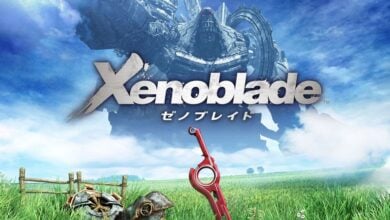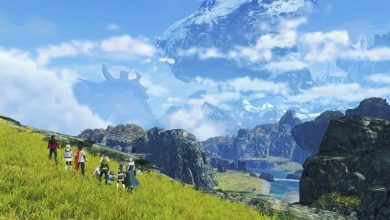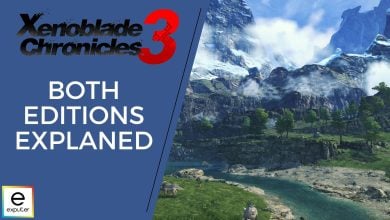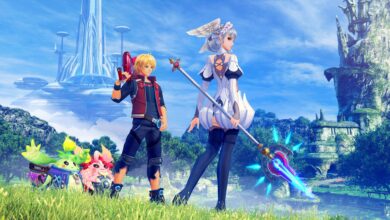While the Xenoblade Chronicle titles have always been oozing with promise, with complex narrative beats and massive game worlds that leave your mouth agape in surprise, that ambition has not really translated into video game masterpieces. Now don’t get me wrong, these are fantastic experiences with extremely dedicated communities that are more than willing to sing their praises, but even these fans will not ignore the fact that the games have some massive flaws.
First of all, each entry in the franchise so far has failed to deliver in terms of story. All of them set up the building blocks for something truly great and get your hopes up, but eventually, fall flat as they revert back to clichéd JRPG tropes that have been done better by other games. Some would even say that this is an extremely charitable reading of the reality. Secondly, while the gameplay can be really fun, it leaves a lot to be desired depending on which entry we’re talking about. From extremely convoluted combat mechanics to poor quest design and even worse voice acting, there are a lot of reasonable complaints you can raise.
But the thing is, at the end of the day, the positives always outweighed the negatives. Xenoblade Chronicle games are extremely flawed, but there’s still a heart to them that makes experiencing them worthwhile. And with Xenoblade Chronicles 3, it seems that the developers have taken a lot of the criticisms directed at their previous work to heart and improved upon a lot of features. But at the same time, a lot of other issues have also stayed the exact same.
- Developer: Monolith Soft
- Publisher: Nintendo
- Release Date: July 29, 2022
- Platforms: Nintendo Switch
- Predecessor: Xenoblade Chronicles 2
Story And Setting
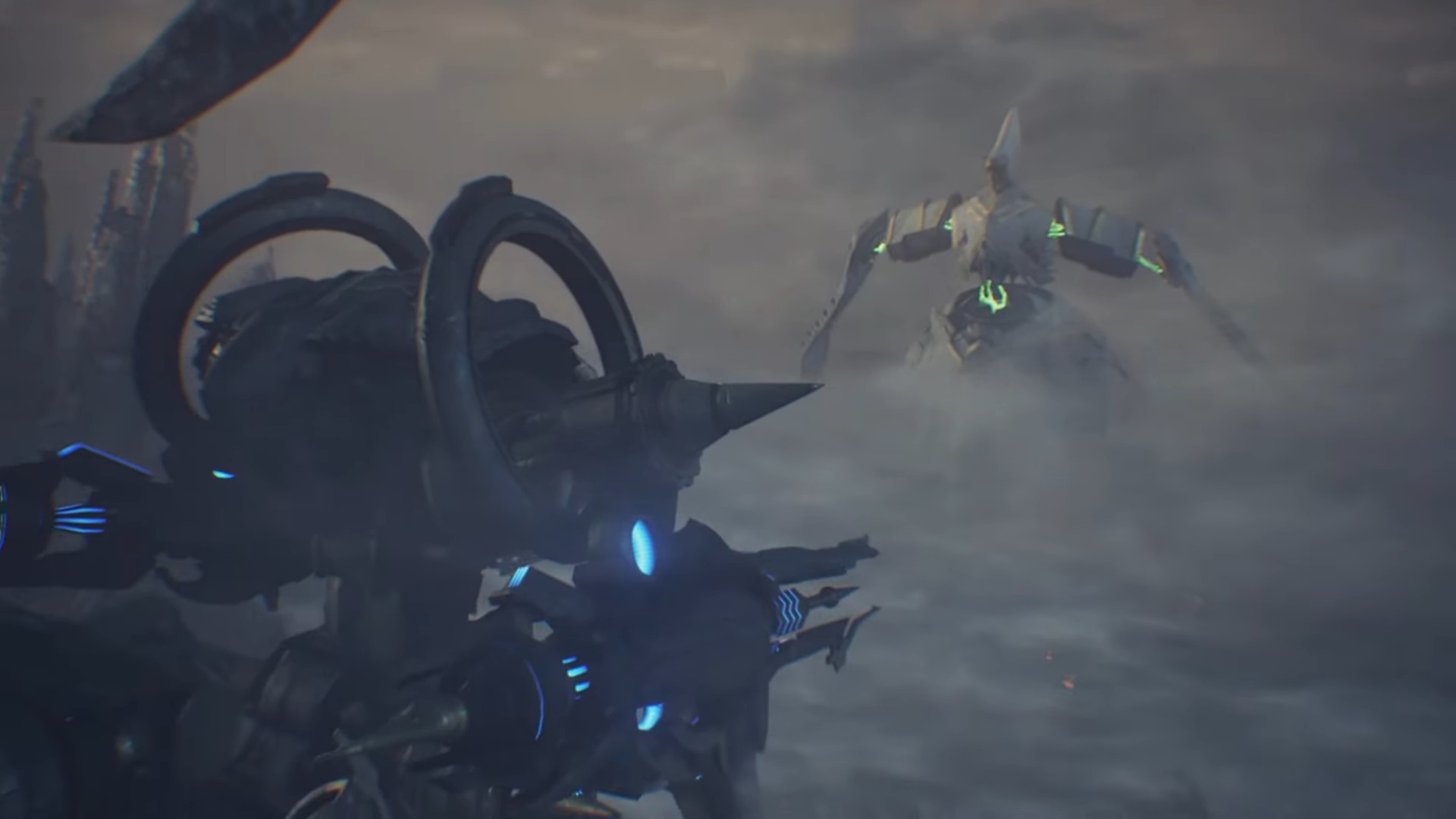
The setting this time around is the world of Aionios, where two different countries are engaged in what seems like a never ending conflict. There’s the more technologically advanced nation of Keves, and then we have the more mystical land of Agnus. So right off the bat, the game is establishing the age-old Technology vs Magic dichotomy, which is a fairly decent plot beat for any fantasy RPG.
What these two nations share in common however is that they both fight their battles with the help of genetically engineered soldiers with lifespans that are limited to only ten years. These soldiers are expected to spend all of this time fighting for the sake of their side, at which point they die and are replaced by a new batch of fighters. Each side also has individuals known as Offseers, who play special instruments in order to utilize the life force of other soldiers who die in battle.
And this is basically one of the main reasons for this conflict, as the victors get to absorb the essence of the defeated and strengthen themselves with it. So basically the soldiers are cannon fodder in a war for the collection of life force, and the game is really quick to establish their role as tools in the conflict. You might also notice that the tone is noticeably darker than in previous entries.
When the game starts off, you gain control of three Keves soldiers named Noah, Lanz, and Eunie. Noah is the main protagonist, and also an Offseer, while Lanz and Eunie are regular Soldiers and his childhood friends turned battle buddies. After a brief opening chapter where the basics of combat are explained to the player, you are eventually sent on a special mission during which you encounter three combatants from the rival nation of Agnus.
These are the Offseer Mio and her fellow servicemen Sena and Taion. Some story stuff happens that we won’t get into here due to spoilers, but eventually, these two different groups of people are forced to work together in order to survive. And at this point, the party is complete with six unique playable characters, each with their own quirks. Now, so far so good.
As far as the narrative itself is concerned, fans will be glad to know that Xenoblade Chronicles 3’s story is much better than its predecessors. There is a decent amount of drama, politics, and intrigue mixed into it all, and I’m really glad that the developers decided to go with a slightly more serious tone this time around. That isn’t to say that the game doesn’t have its fair share of lighthearted moments and jokes, but overall there is a much greater focus on the value of human life and the horrors of war.
I also really enjoyed a lot of the character development, and I liked seeing each of our six main characters interact with each other and develop distinct interpersonal bonds. They’re people from different walks of life with their own unique perspectives and personalities, and I liked seeing them clash and grow with one another.
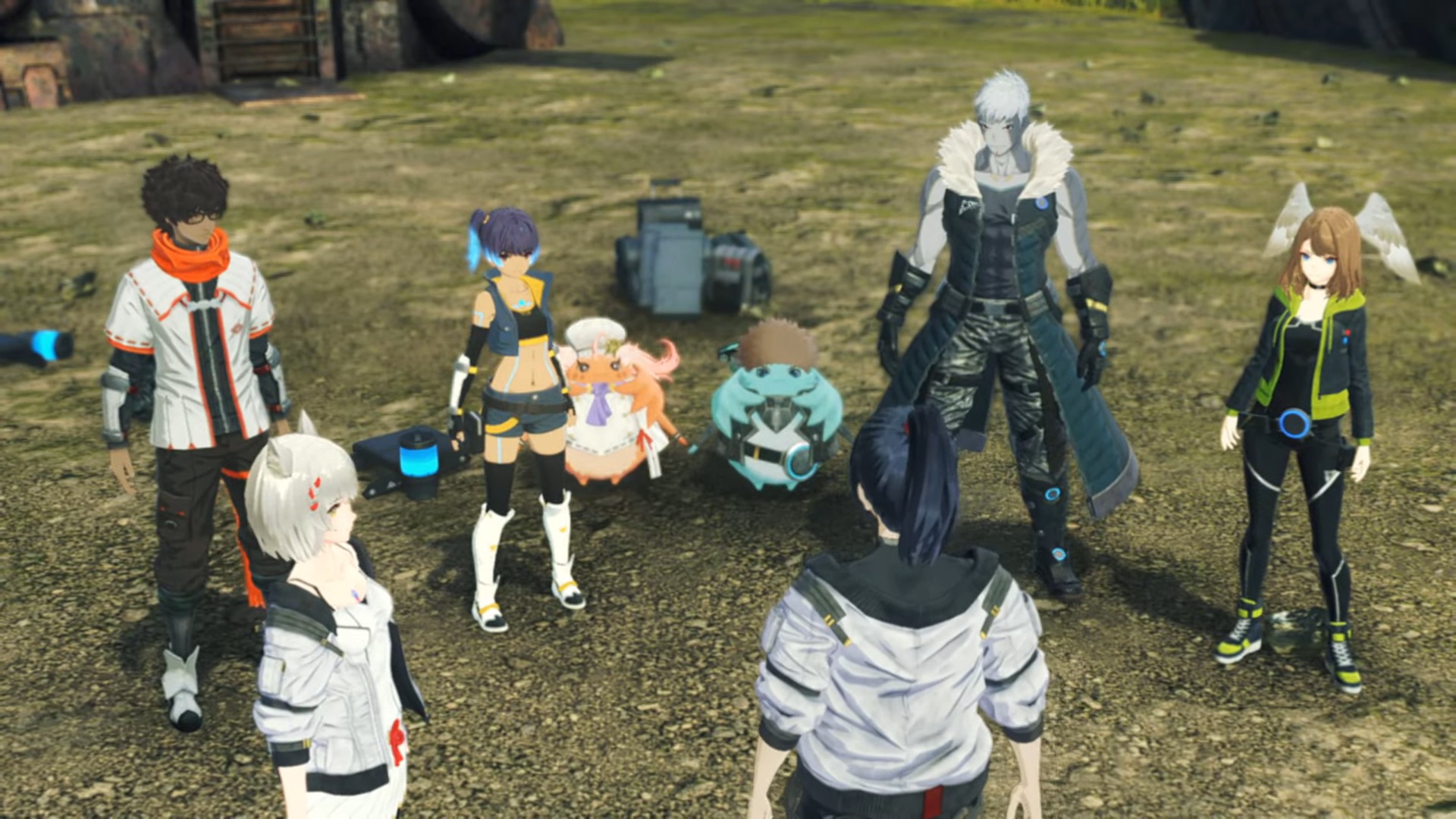
But I won’t lie to you, the payoff can be really slow. Some plot threads do not truly unravel until dozens upon dozens of hours into the game, and I do not blame anyone for losing patience until that time comes around. In some ways, playing through this game and seeing everything it has to offer is a game of patience, and that is not going to be appealing to a lot of casual players.
The problem however is that a lot of the story, particularly relating to the main characters, is delivered to the player through cutscenes. These are extremely long and occasionally messy sequences that are more trouble than they’re worth, and the animations, in particular, seem to take a nosedive during a lot of them. Add onto this the fact that a lot of the dialogue is delivered by the actors in an extremely monotone voice, and you start to see the problem.
And while we are on the subject of criticizing the delivery, I would like to point out that neither the English localization team nor the developers seem to have learned how to write dialogue. Just like in the previous games, characters stand around awkwardly, seemingly staring into the distance instead of looking at each other. There are noticeable pauses in between lines, and the voice acting once again fluctuates between really decent, or straight up egregious.
These games are clearly not made at the scale of something like Final Fantasy VII Remake, and they probably have a fraction of the budget so I don’t expect them to do extensive facial capture or spend days individually animating each character of course. But this problem is still really prominent, and it is only highlighted further when some of the more bombastic cutscenes take place and the animations actually do kick into overdrive, before returning back to the default.
And awful lipsyncing aside, why do so few of these characters actually sound like real people? Why do so many of them have weird accents that feel like they come from the mouths of people trying their best to imitate British people? This is exactly what made listening to Rex in Xenoblade Chronicles 2 so annoying, and now we have even more of that same problem to despair over. It genuinely makes me take the entire story less seriously.
The World
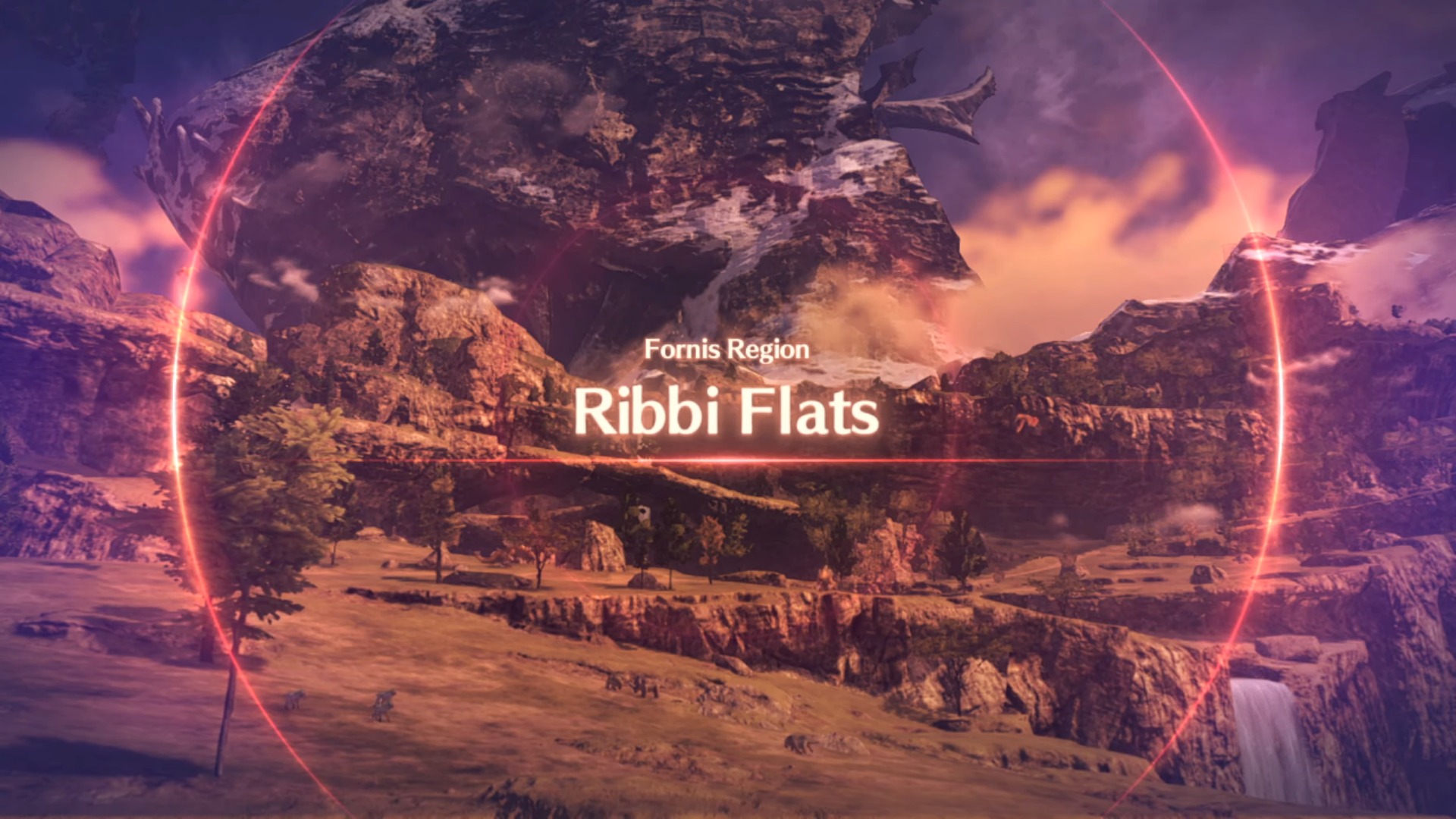
If you’re a fan of this series, then you know that one of the greatest appeals of this series are the gigantic open maps that they take place in. The first two games famously took place on the backs of massive beings known as Titans, each of which were home to diverse biomes that housed dozens of cities, towns, enemy encampments, and even dungeons.
And while Xenoblade Chronicles 3 doesn’t feature the exact same scenario, the Titans still play a role in terms of world-building since this is basically the same universe that the other games are set in. And the new land of Aionios is still an incredibly diverse world with some of the most varied biomes we’ve seen so far. From multiple open fields, to an archipelago, a massive desert, a mountain range, and even a barren wasteland, there are a lot of places to visit.
There are some absolutely incredible locations in the game, and exploration almost always results in some sort of reward. You might come across a settlement that lets you take on a cool little quest, or you might stumble across a powerful enemy that will drop valuable loot if you manage to take it down. Or sometimes you might simply find a cliffside looking over the vast open land before you, and you might be awestruck by how beautiful the world actually is.
The game encourages exploration, and while a significant part of the world is actually barren, that in itself is also appealing to a degree. Scale is something that I feel like a lot of open world games never really manage to nail, and this series is also guilty of that. But even in the real world, not every cliffside has a little house on it, and not every island is populated by a village. Sometimes empty spaces add a lot of character, and that is also true for Aionios.
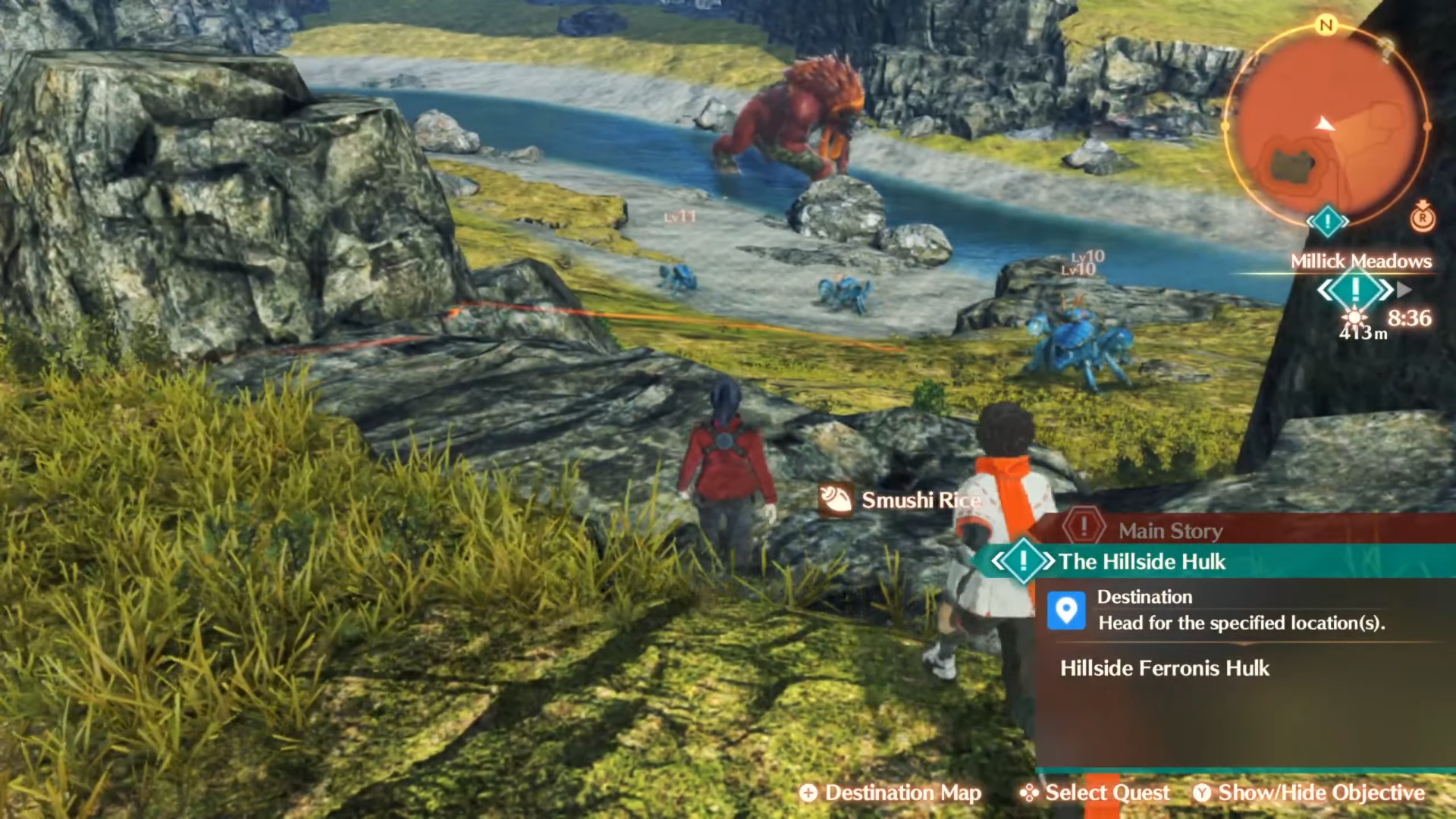
But to be honest, part of me is still actually kind of disappointed that most of these locations can easily fit into a more traditional fantasy setting. With the Titans, the Xenoblade games had established a reputation for being set in a truly magical universe, and a lot of that charm has been lost in this new entry.
This is still a fascinating world with a lot to offer, but I wish that developer Monolith Soft had stuck to their guns once again and delivered a slightly more fantastical world.
Gameplay
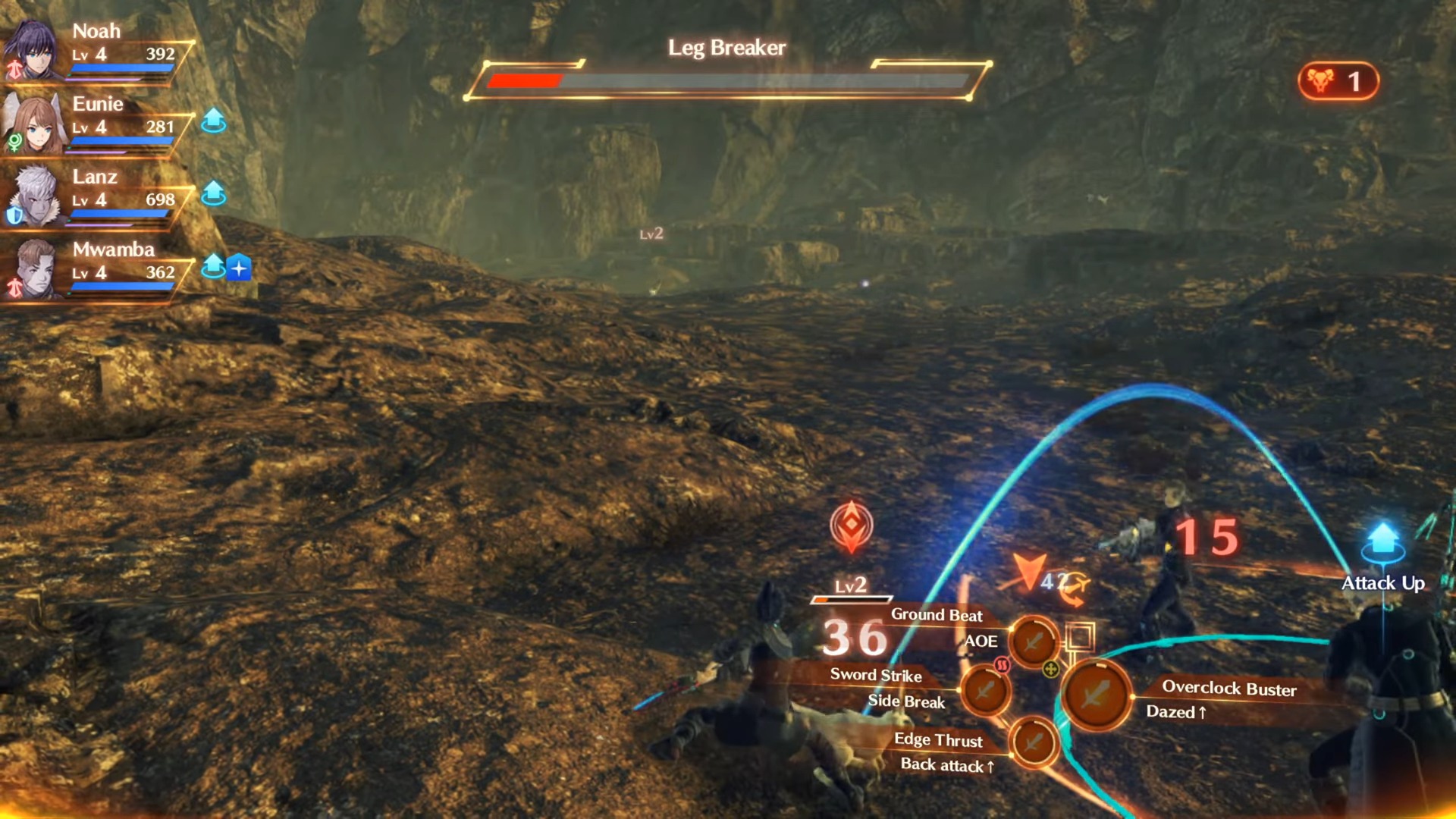
So let’s start this section off with something that both new and returning players will appreciate. Xenoblade Chronicles 3 is without a doubt the most user friendly in the series so far. And by ‘User Friendly’ I don’t mean that it is particularly easy or dumbed down, but that it is more approachable, and that the needlessly complex combat system has been streamlined to be easier to grasp.
To start with, there is no dedicated attack button in the game. Whenever you approach an enemy in the world, you can choose to draw out your weapons with a press of the ‘A’ button in order to engage them in melee combat. Now when you’re close enough to a foe, a small icon appears at the bottom right hand corner of the screen that indicates that your character will auto-attack the nearest enemy when you stand still next to them. This is the most basic of the basics, and the only real choice you have here is choosing when to enter combat and which specific enemy to target.
Next up are ‘Arts,’ which are essentially different moves that you can trigger by pressing the X, Y, or B buttons on the controller. These aren’t really special skills as much as they are slightly more powerful variations of your standard attacks, but they still deal more damage and you actually have control over their input. They behave a bit differently and depending on their type, you can either deal massive damage to a single enemy, medium damage to multiple enemies in an arc, ranged damage with shockwave style attacks, or even bleed damage. These also have really small countdown timers associated with them, preventing you from spamming them over and over.
And finally, to round out the basics, there are ‘Talent Arts.’ These are really powerful abilities that are limited to one per class, and their meter fills up when you deal critical hits, participate in combos or act according to your role and perform ‘Role Actions.’ So for example, if you are playing as the Swordfighter class, then you should position yourself accordingly behind an enemy and flank them using regular Arts. Doing this will cause your Talent Arts meter to fill up more quickly, and when the meter is full, you can initiate the ability.
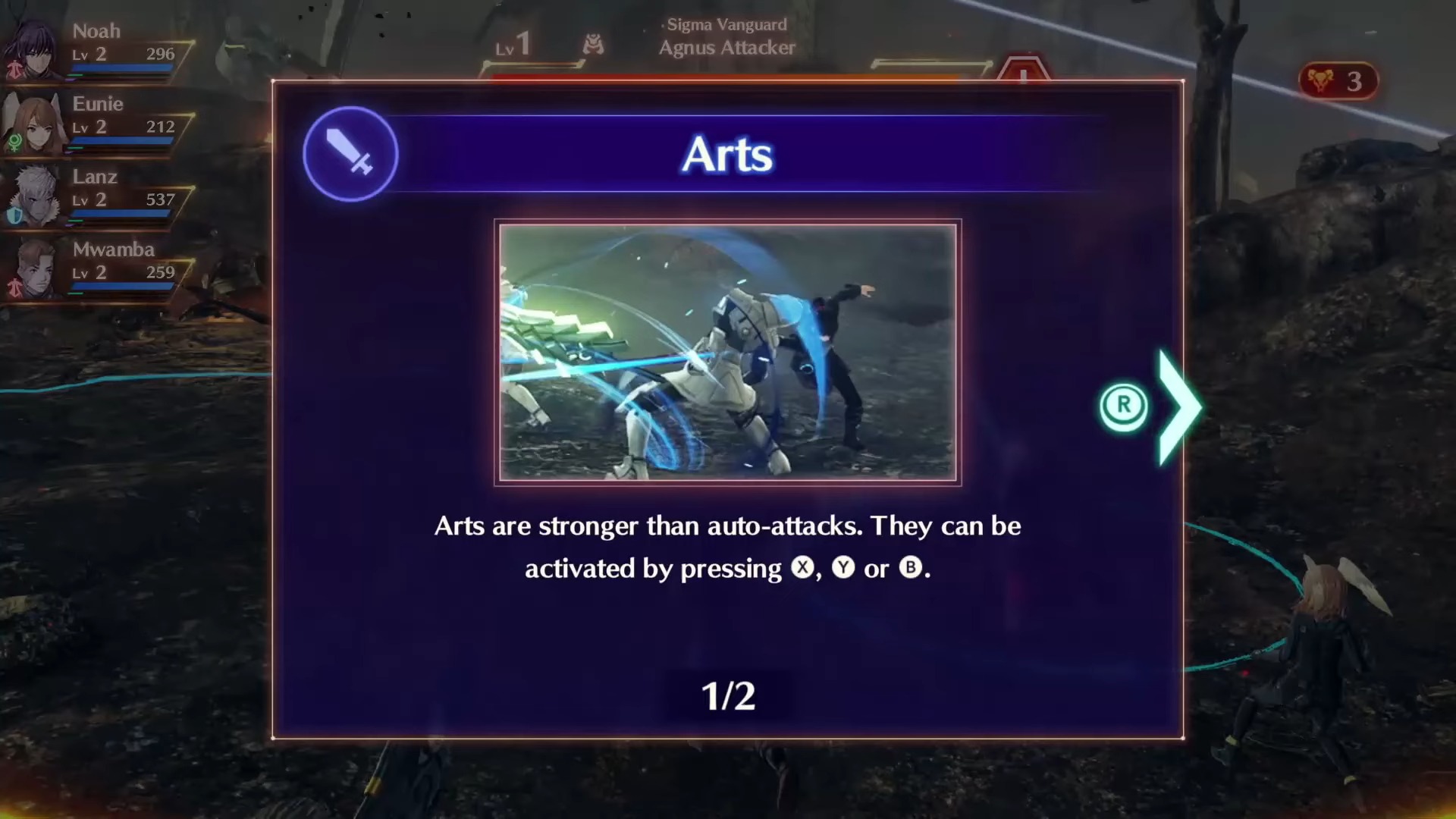
So far these are all of the things that are taught to you within the first 20 minutes of the game, but there is a lot more to it. Really getting the hang of combat, learning when to ‘Cancel’ attacks in order to chain them together, and effectively getting into a flow takes hours of practice. But when you do grasp everything, it all works beautifully.
Plus there are a total of fourteen different classes in the game, divided across three different roles; Attacker, Defender, and Healer. Each of these has its own selection of Arts and Talent Arts, and on top of this, there are Master Arts, Fusion Arts, and even Chain Arts. As you play through the story you also unlock Ouroboros Arts, which allows two of your party members to fuse into one gigantic being in order to greatly increase your offensive capabilities and gain access to a whole new slew of abilities.
The point is that there are a lot of different options available for class customization, but we won’t go into any of the more complex stuff here because frankly speaking, I don’t think I can explain them properly without completely overwhelming myself and our readers. And sometimes it’s more fun to discover stuff for yourself as you play the game.
Players also have command of all six of their party members at all times, so you can have each of them equipped with different classes in order to really diversify your approach, or have them all be the same class if you choose. The choice is completely up to you, especially since you can switch between them with a press of a button.
Honestly, the game is yours to break if you can want, and that’s the entire point of the fluid class system. All of these different parts come together to create a combat system that never truly gets old or repetitive, even over one hundred or so hours into the game. It’s a testament to the flexibility of the gameplay that even when I was nearing the end of my playthrough, there were still multiple different customization options that I had not even tried yet.
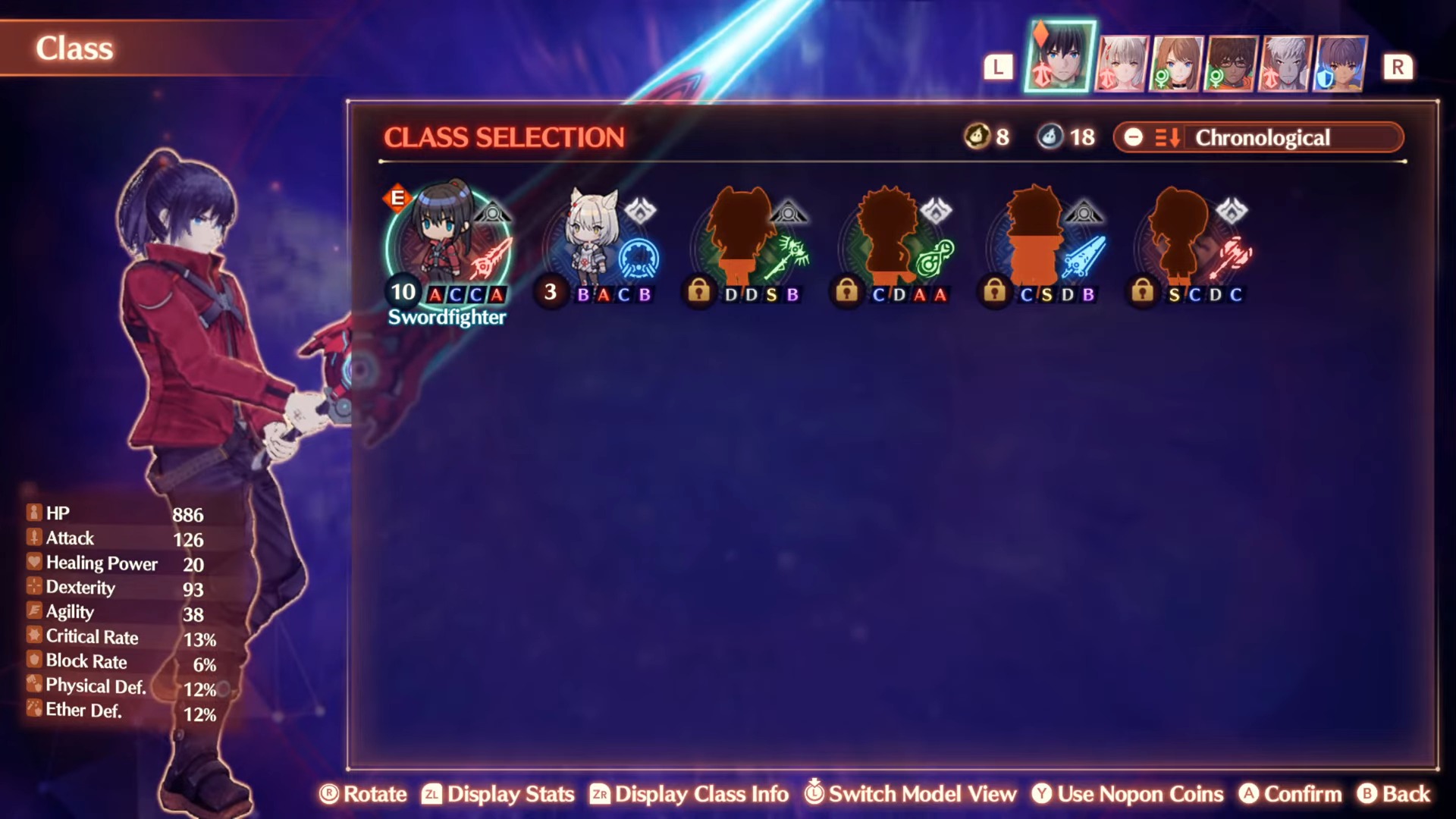
The only downside to combat is that it’s very easy to get overwhelmed with so many characters on screen at the same time, especially when all of them are performing their own attacks and combos on different enemies.
I briefly hinted at this earlier, but one of my biggest gripes with this series is the way a lot of the story and main quests are paced. There are multiple moments in the previous games that were so unnecessarily stretched out, that at multiple points I actually considered putting them down due to how tedious the simple act of getting from one point to another could become. And while Xenoblade Chronicles 3 isn’t as bad in that regard, it still has some of those issues.
There are multiple times during the game that you and your party are sent to perform bland meaningless tasks out in the world, or asked to travel long distances simply to meet up with an NPC or some other questgiver who will then have their own requests. And these can take up anywhere from 30 to 40 minutes, all the way up to a few hours per task. This is one of the downsides of having such massive game worlds, as simply moving from one city to another can take so much of your time.
On the other hand though, side content is much more interesting this time around. You still have the occasional fetch quests sprinkled around here and there, but overall the quality is much higher than before. This content also feels much more meaningful now, with some really great moments that shed some light on the greater plot, or even reward you with powerful Hero characters that can join your party as an optional seventh member.
Visuals And Performance
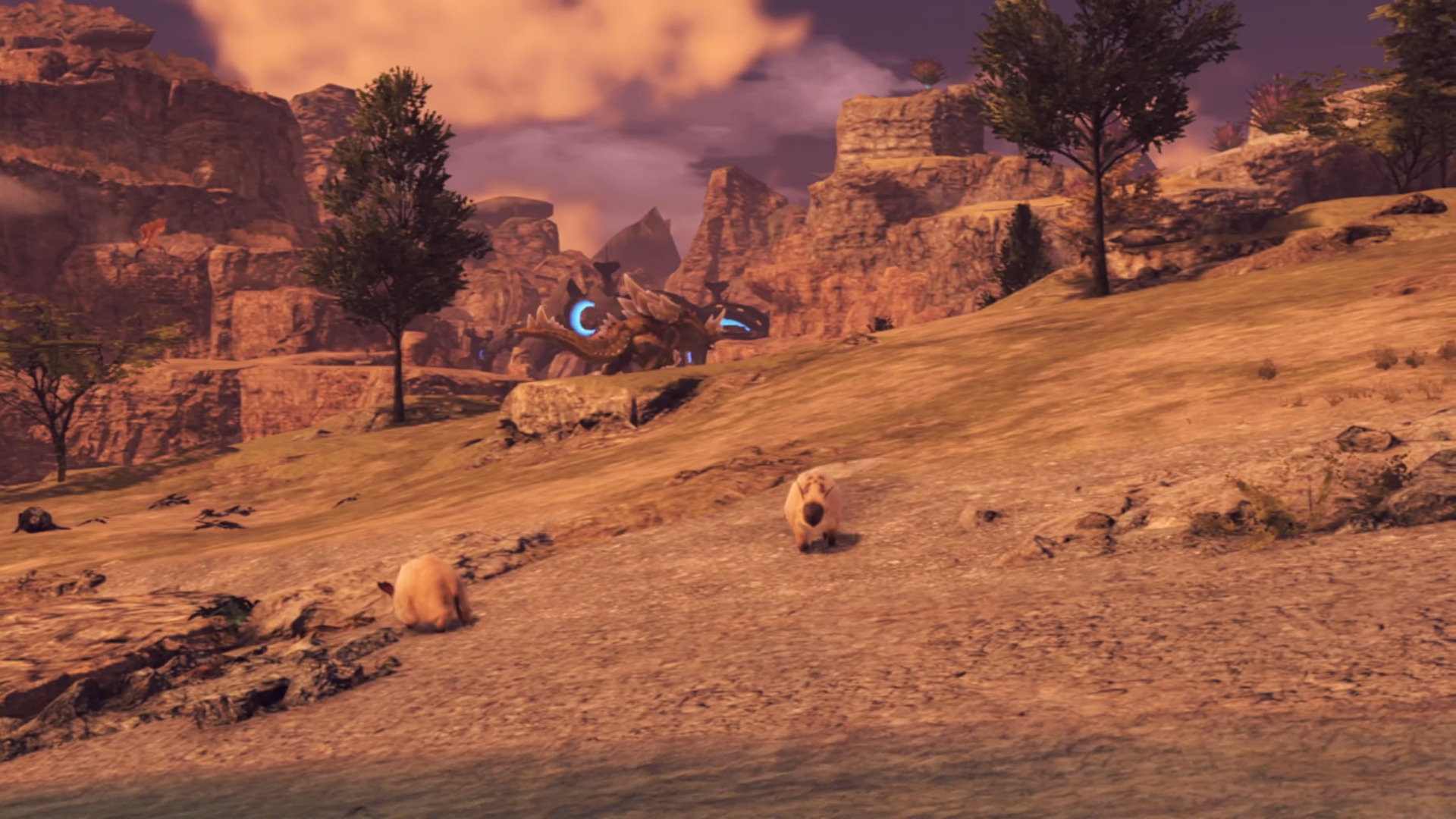
Now let’s get this out of the way first. Everyone knows that the Nintendo Switch is not nearly as powerful a console as either the Xbox Series X/S or the PlayStation 5. Hell, it isn’t even in the same league as the last-gen Xbox One and PlayStation 4. But that’s also not really the point of the hardware, as the Switch was always more focused on portability and motion controls. Innovation was the selling point here, not power.
So it should not come as a surprise to anyone that Xenoblade Chronicles 3 faces a handful of issues that are really hard to ignore. Some of these have plagued the series ever since the last game was also released exclusively on the Switch. And since this entry is bigger and more visually impressive than its predecessor, these problems are more noticeable than ever. Multiple sacrifices have to be made in order to get games to run on this now 5 year old piece of hardware, and no, not even the newer Nintendo Switch – OLED Model is any better when it comes to visuals.
The world of Aionios is a genuinely breathtaking place, with a lot of amazing vistas and sprawling open landscapes. But in order to render all of that landmass, the game makes a lot of sacrifices when it comes to the actual graphics.
One of the first problems you’ll notice is that the environments all around you in the open world are really low quality. Everything looks really fuzzy and bland and focusing on them only highlights how artificial all of the rocks, trees, and especially water look. Grass gets a pass from me, but only because sometimes it does look good when it sways in the wind. As for most other textures, you could tell me they were ripped straight out of another decade-old game and I would believe you. And even then, the entire experience varies greatly. Some more enclosed areas look really really good, but the more open areas of the world look like they were plopped down with no further attention paid to them.
There is also a lot of extremely noticeable and frequent pop-in when moving through the world. Assets seem to appear right on your path as you get close to them, and then disappear from existence almost as quickly. Sometimes even the path you’re walking on manifests in front of you as you walk on it. It’s all really distracting, and it does impact the entire experience in a major way.
Thankfully, the game is capped at 30 FPS, and it’s really a wonder how it manages to stay at that mark for around 95% of the time. Even during some of the more hectic battles involving over a dozen individually moving combatants, the framerate never really dips below 30. That is an absolute godsend for Xenoblade Chronicles 3 because if this was also an issue on top of the graphical problems, this game would be unbearable.
Xenoblade Chronicles 3 Verdict
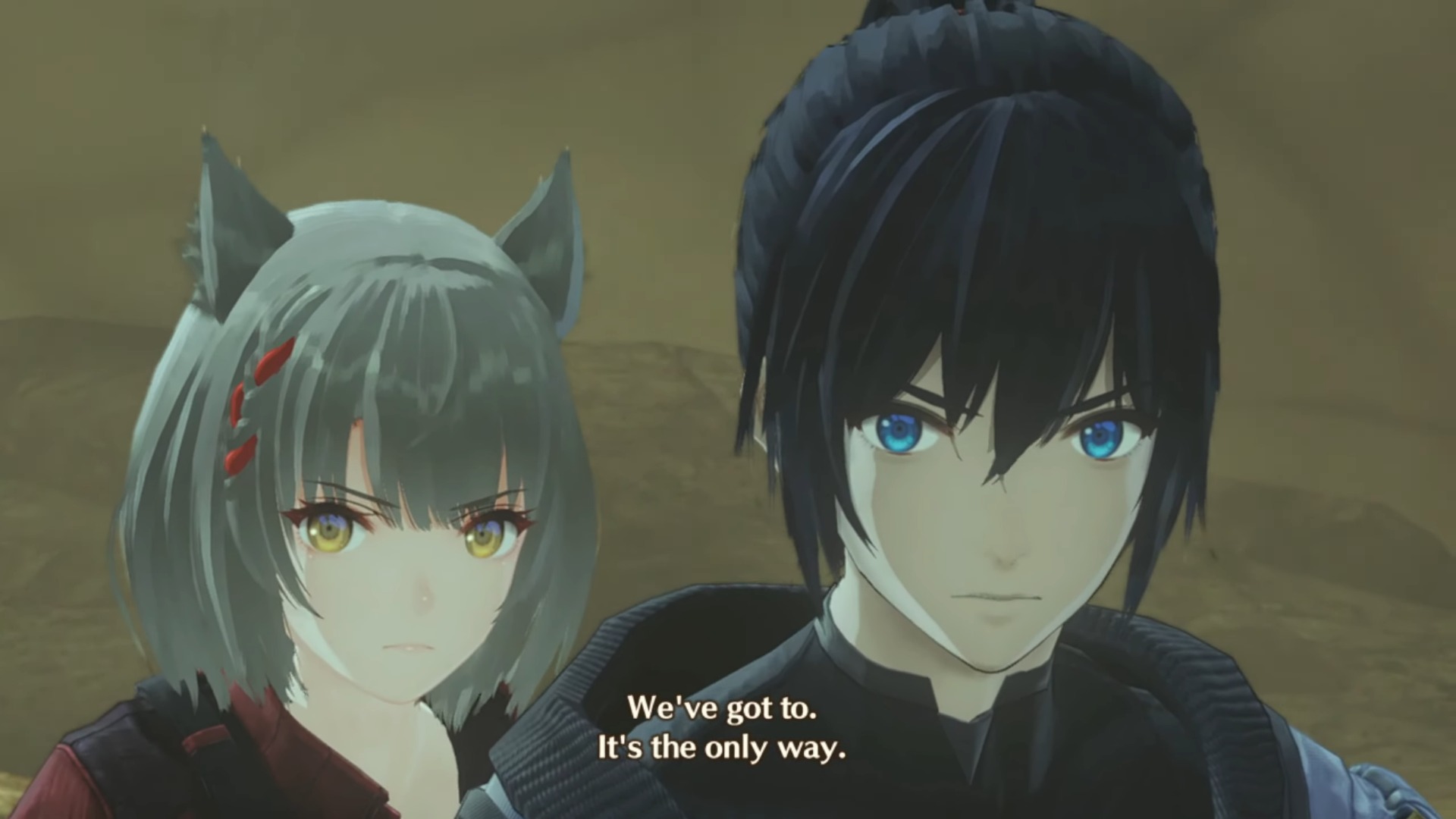
Xenoblade Chronicles 3 is a fantastic new entry into this series, and it’s a game that is going to appeal to fans both old and new. The developers have learned from their previous mistakes and created an experience that still has all of the depth that we expect from it, while at the same time making calculated concessions that make it the most approachable and user friendly title so far as well.
But don’t let this confuse you into thinking that Xenoblade Chronicles 3 is in any way an easy or less focused game, because it’s not. To be able to survive everything it throws at you, you’re going to have to utilize every tool at your disposal and master each of the multiple different combat mechanics that your party has access to. From regular Arts, all the way to the brand new Ouroboros system that lets your characters fuse into a giant kaiju, players have to employ all of their tactics.
I’m once again sad to report that while this entry takes multiple steps in the right direction when it comes to the plot, the end product is still a convoluted mess. The six main party members are likable, and you want to root for them as they grow and develop bonds with each other, but in the long run, the dialogue and line delivery leaves much to be desired. And once again, what is up with these weird British accents? They don’t make the characters sound smart, they simply make us take them less seriously.
The open world is also absolutely stunning, with multiple different biomes and thousands of different points of interest. The sense of mystery and wonder that you get from exploring these maps are still unbeaten when it comes to JRPGs, but that as well is hindered by performance issues on the Nintendo Switch. Muddy textures and constant pop-ins diminish the believability of the world and make exploring it a bit less satisfying.
Overall though, I think that this is a fantastic game and I highly recommend everyone pick it up. Its many problems don’t detract from what is otherwise a phenomenal journey, and I personally guarantee that you will not regret your purchase. That is of course if you’re into the idea of easily investing over 100+ hours into it only for the main campaign.
The Good
- Phenomenal Open World.
- Significantly More Approachable.
- Relatable Main Characters.
- Fantastic Combat.
- The Sense Of Discovery.
- Much Better Side Content.
The Bad
- Lots of Filler Main Quests.
- Subpar Dialogue And Voice Acting.
- Graphical Issues.
Xenoblade Chronicles 3 Rating – 4/5
More Reviews:
Thanks! Do share your feedback with us. ⚡
How can we make this post better? Your help would be appreciated. ✍
